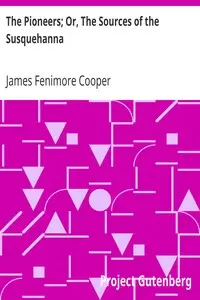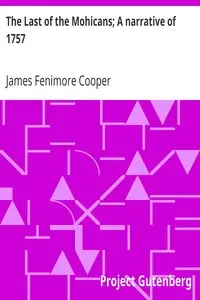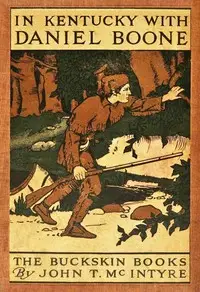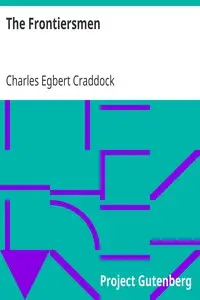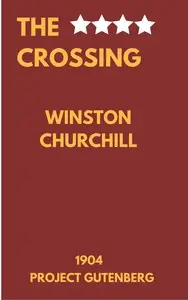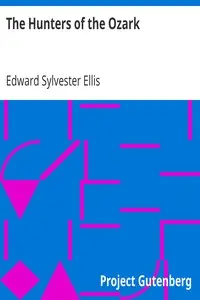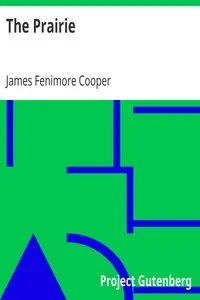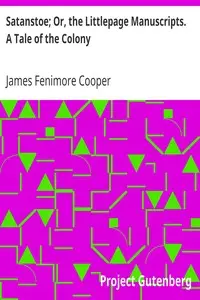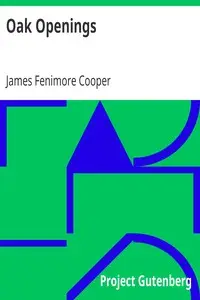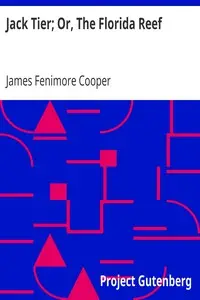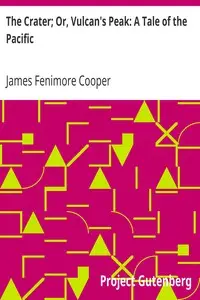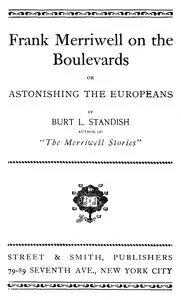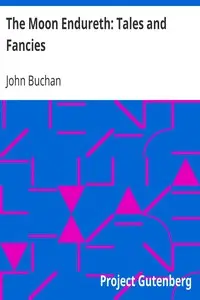"The Deerslayer", penned by James Fenimore Cooper, is a historical fiction that transports readers to the American colonial frontier, where the clash between civilization and the wild shapes the destinies of its characters. At the heart of the story are Deerslayer, later known as Natty Bumppo, a man of integrity, and Hurry Harry, an audacious character as they tread through a stunning landscape where danger lurks at every turn, the heroes face challenges that test their moral fiber and redefine their understanding of humanity. The book introduces a world steeped in conflict, pitting settlers against native populations while exploring honor and savagery. As the story unfolds, the contrast between the protagonists grows starker, setting the stage for their encounters with others along the way.

The Deerslayer
By James Fenimore Cooper
In a colonial world teeming with both breathtaking beauty and unspeakable danger, two contrasting souls journey into the wild, where they will discover the depths of morality and the brutal truths of conquest.
Summary
About the AuthorJames Fenimore Cooper was an American writer of the first half of the 19th century, whose historical romances depicting colonial and indigenous characters from the 17th to the 19th centuries brought him fame and fortune. He lived much of his boyhood and his last fifteen years in Cooperstown, New York, which was founded by his father William Cooper on property that he owned. Cooper became a member of the Episcopal Church shortly before his death and contributed generously to it. He attended Yale University for three years, where he was a member of the Linonian Society.
James Fenimore Cooper was an American writer of the first half of the 19th century, whose historical romances depicting colonial and indigenous characters from the 17th to the 19th centuries brought him fame and fortune. He lived much of his boyhood and his last fifteen years in Cooperstown, New York, which was founded by his father William Cooper on property that he owned. Cooper became a member of the Episcopal Church shortly before his death and contributed generously to it. He attended Yale University for three years, where he was a member of the Linonian Society.

